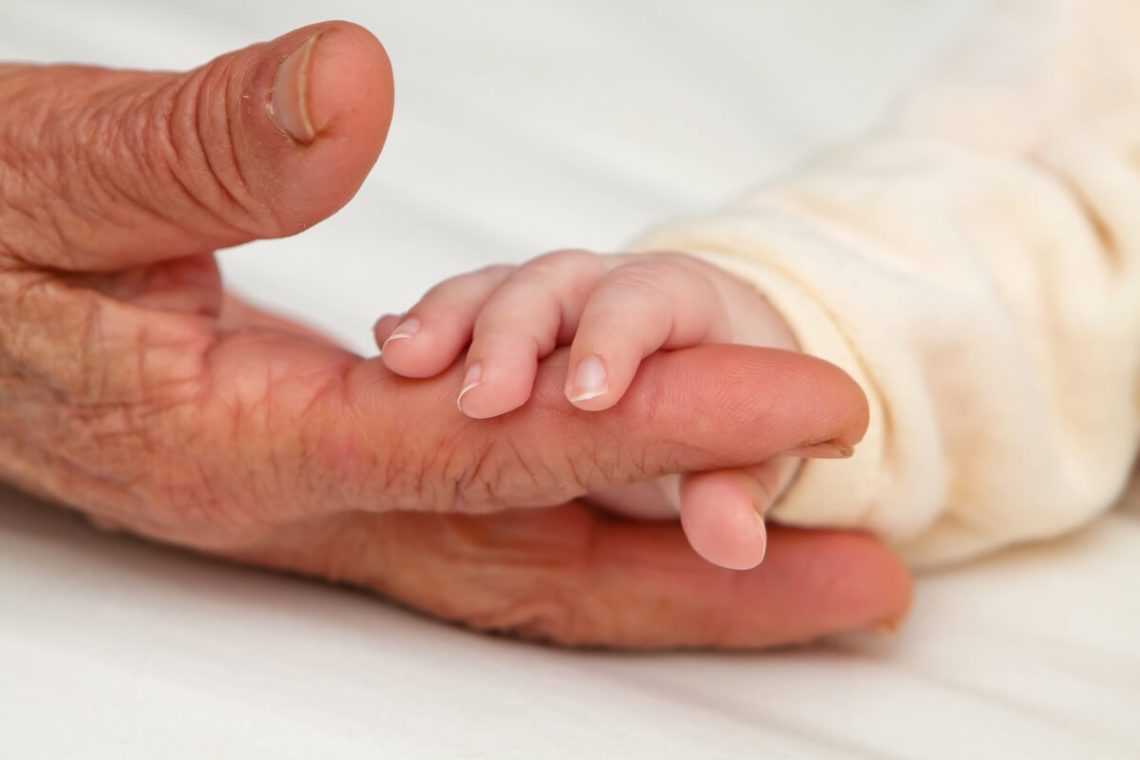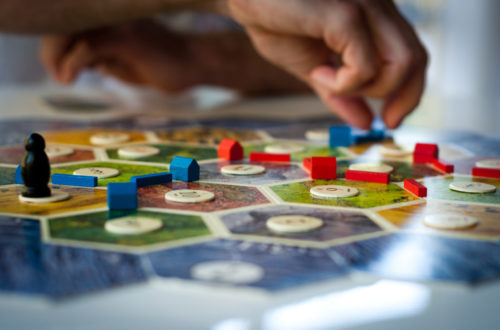
Fingerprints
As I wiped fingerprints from the kitchen cupboard doors, I got to thinking about why they bother me. Why do I feel the need to remove them at all?
I don’t always notice them. In the rush of food preparation and mealtimes, I have plenty of other things to think about.
But if I’m paying attention and the light is at the right angle, fingerprints really catch my eye. They interrupt the satin smoothness of the cupboard doors, disturbing the perfection of the painted surface. That’s why I notice them.
Grime
And yet it’s only when I’ve seen the fingerprints that they bother me. And they bother me because I know that over time they will attract more grime and dirt. I want my kitchen not only to be clean, but to look clean.
But what are fingerprints anyway? What do they do? Why do human fingers have these distinctive patterns and why do they leave evidence of where they have been?
My knowledge of human anatomy is a bit like my knowledge of cars. I can drive—just don’t ask me too much about how cars work!
But here’s what I discovered about fingerprints through a bit of research.
Skin
Human fingers have an outer skin (epidermis) which is attached to an inner skin (dermis) by the upper papillary layer of the inner skin. The epidermis on the ends of our fingers, thumbs and toes is shaped into papillary ridges by the underlying papillary layer.
This forms the whorls, arches and loops that fingerprint experts study and classify, and that law enforcement agencies use as evidence in criminal cases. (They don’t study toes so much because apparently most of us wear shoes when we’re up to no good!)
By the fourth month of pregnancy, the papillary ridges on the tiny fingertips of a human foetus are fully formed. The pattern formed by these ridges is unique to each finger. Once formed, the pattern is never repeated and it usually remains unaltered for life. Only when the dermis is damaged by accident, mutilation or disease will a person’s fingerprints be altered, permanently.
Sweat
When it comes to the prints our fingers leave behind, it seems it’s all about sweat. Sweat pores are distributed along each papillary ridge. The sweat excreted through the pores onto the skin’s surface rubs off on whatever our fingers touch.
If we touch soft, porous surfaces like paper or fabric, the sweat is absorbed, so it’s not immediately obvious that we’ve handled them. But given time and bacteria, a yellow residue or unpleasant smell might eventually provide a clue.
If we touch hard smooth surfaces like glass or metal though, we deposit accurate imprints of the papillary ridge patterns of our digits. Our sweat is not absorbed.
Instead, it sits on the hard surface which perfectly preserves our whorls, arches and loops. Add a little household dust or an expert’s brush with some black powder, and any latent fingerprints will soon be revealed. It’s these grimy smudges that show up on my kitchen cupboards.
Friction
Apparently, the papillary ridges on our fingertips are sometimes called friction ridges. They enhance our sense of touch by amplifying the vibrations sent to the sensory nerves, which lie just beneath the epidermis.
I find all of this utterly astounding! To know what fingerprints are. To know how they appear and what they’re for, fills me with awe at God’s amazing handiwork.
Source
But if we want to work out why every human fingertip in the world is unique and why each one has a distinct and different papillary ridge pattern, then we need to go to the source.
In Psalm 139, King David praises God. He sings passionately and poetically about God’s all-knowing, everywhere-present, all-powerful essence and nature. Here’s a taste:
For you created my inmost being;
you knit me together in my mother’s womb.
I praise you because I am fearfully and wonderfully made;
your works are wonderful,
I know that full well.
My frame was not hidden from you
when I was made in the secret place,
when I was woven together in the depths of the earth.
Your eyes saw my unformed body;
all the days ordained for me were written in your book
before one of them came to be (Psalm 139:13-16).

God is the one who completes the formation of our fingertips. So, at four months’ gestation, it is he who chooses to make each fingerprint unique.
I don’t know why he knits us together in this way. But, like David, I marvel at his decision to create each one of us and give such intimate attention to our foetal fingertips—to our individual identities.
But while I love to read Psalm 139, it saddens me too. It reminds me that not everyone interprets life and experience in the same way. Not everyone knows God as the Creator of all things—the one who made them so carefully and who loves them so particularly.
Evidence
And yet, I must remember that if I didn’t know Jesus, I too would be utterly and wilfully blind to the evidence of God’s fingerprints. Even though I see the beauty, complexity and wonder of human anatomy as a stunning testimony to the wisdom, power and presence of God, I too would choose not to see it, if I did not know him.
The truth is, apart from Jesus all of us would rather attribute beauty to accident, complexity to chance, and wonder to anything but God. And even though, in Jesus, God sent his wisdom, power and presence to dwell with us, at heart, we would all refuse to believe it.
Paradoxical beauty
But when Jesus died on the cross for our sin, God changed everything forever. He allowed the awful blackness of our sin to reveal what had been there all along—his great love for all that he has made, even for sinners like us.
With great mercy and strange wisdom, God revealed himself most clearly when the smutty darkness of our sin was smeared over the crucified Jesus. Jesus was the perfect evidence of God’s loving presence with us. And yet, he paid the price to redeem us from slavery to sin and certain death: he gave his life.
And this is the paradox. The beauty of God’s love in Jesus shows up the black reality of our sin. However, when we trust in Jesus, the terrible darkness of our sin shows us, with sharp clarity, the shining beauty of God’s forgiveness and love.
And it gets better. Because of Jesus’ sacrifice, we look forward to the day when every human being will see and acknowledge God as he truly is. For those who trust in Jesus, the effects of sin will be completely wiped away, forever. No more smut, no more grime.
I don’t think I’ll ever think about fingerprints the same way again. Will you?
Featured image: Photo by DreamPerfection | Lightstock.com




